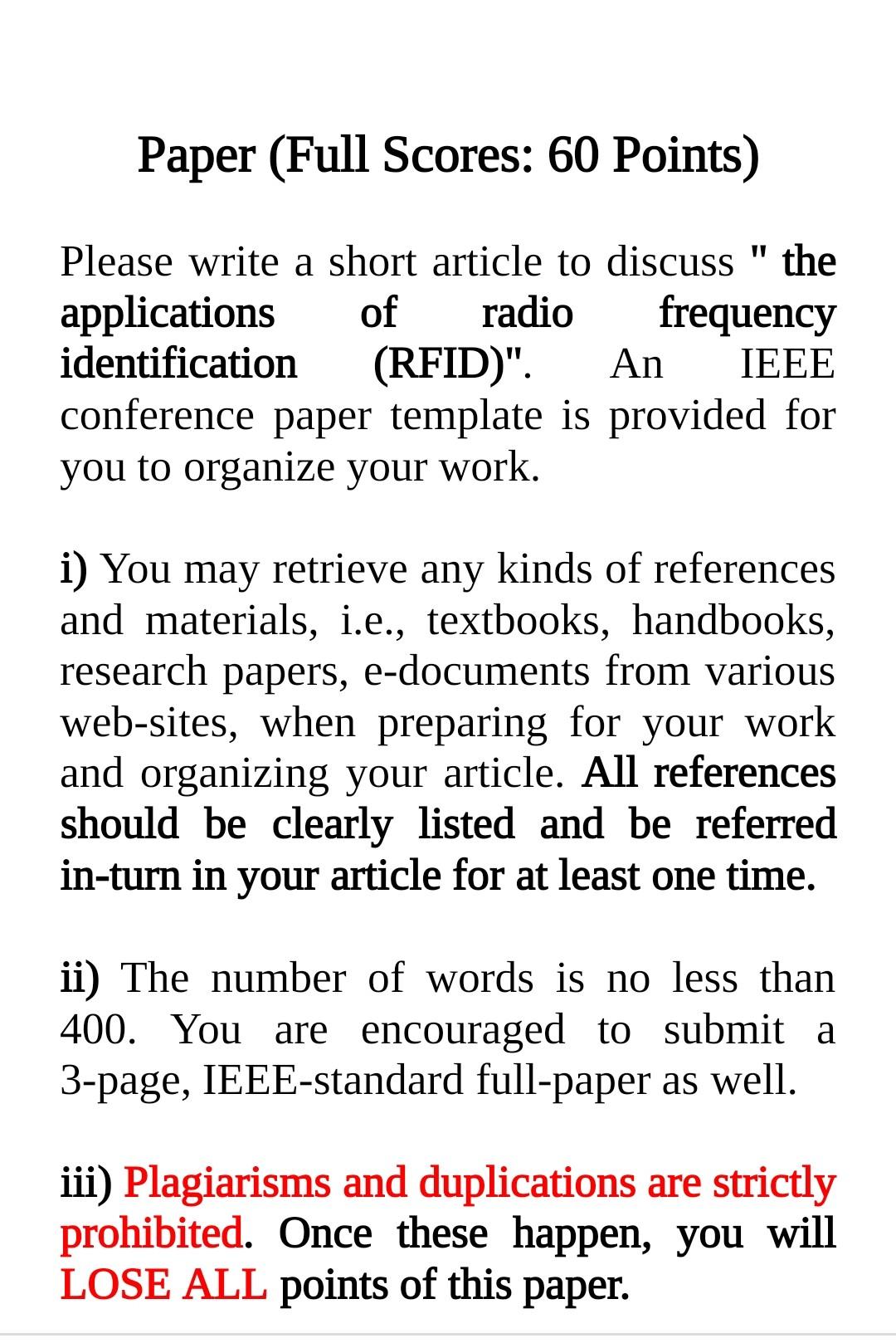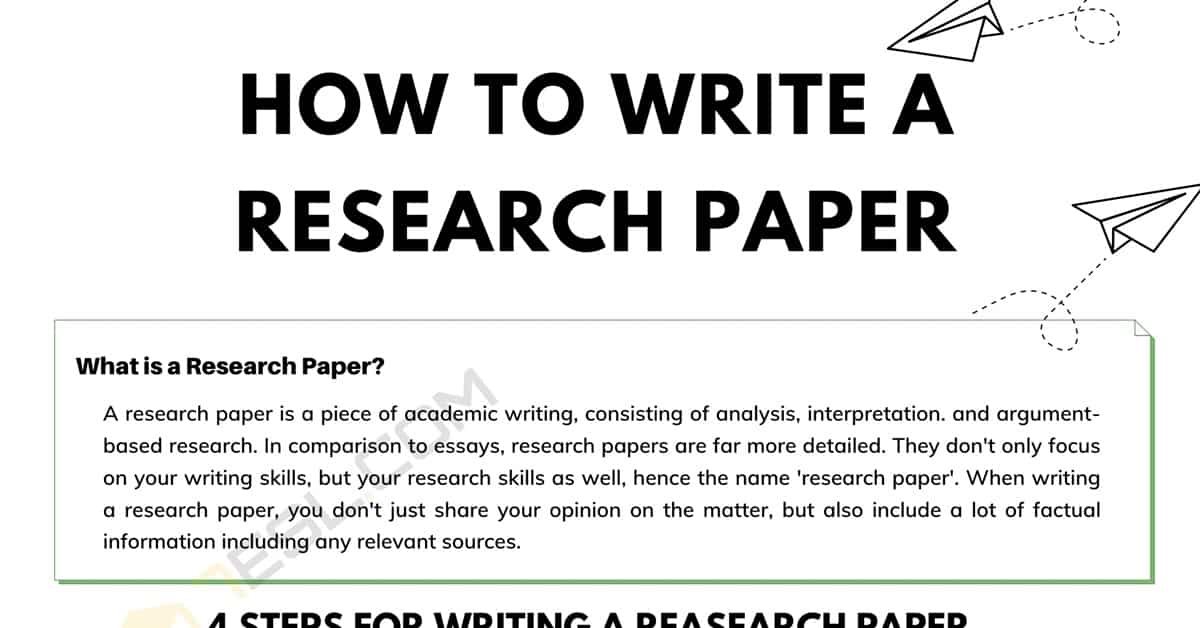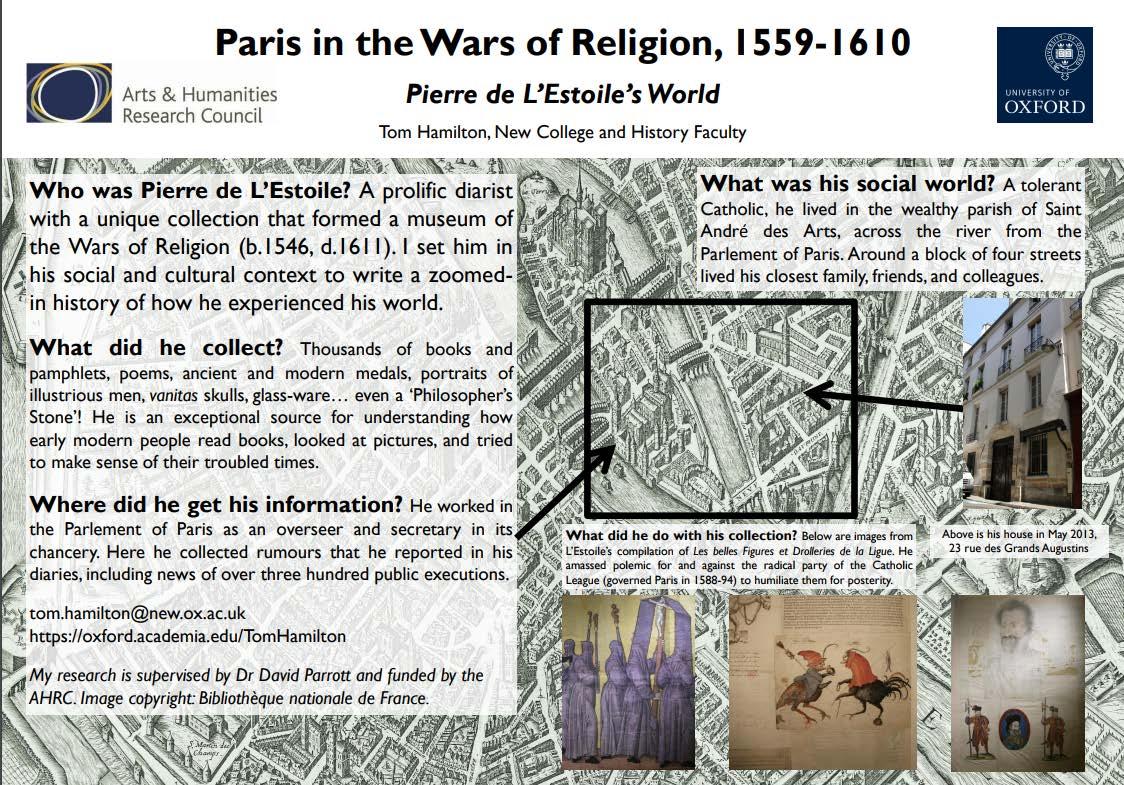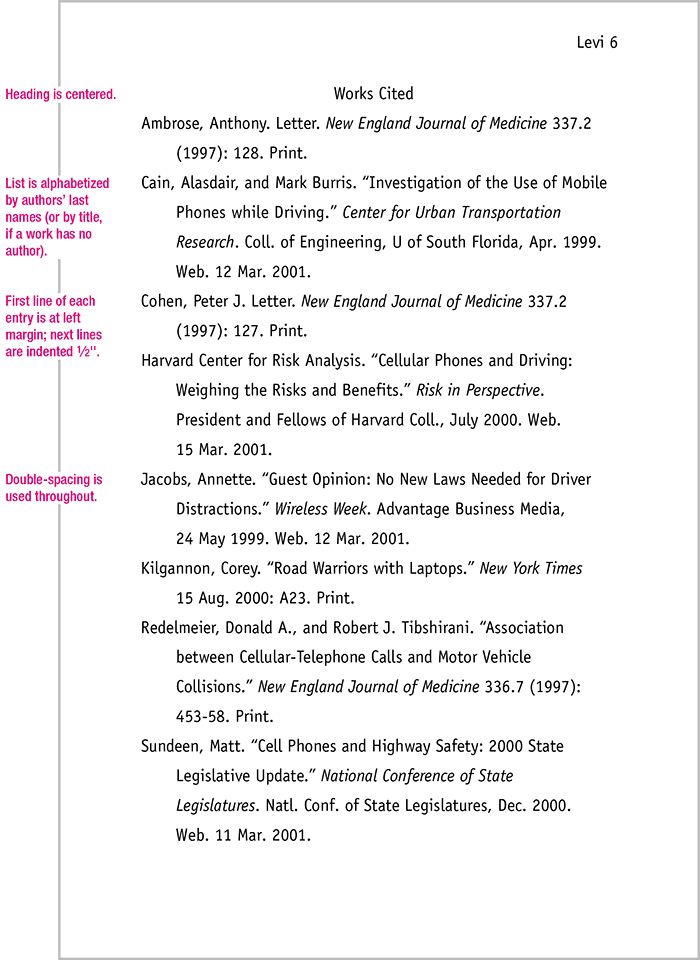The conference paper should be presented to scholars and researchers. It should be well-written with adequate clarity and detailed presentation of justifications. Using in-text citations, it should provide reasons for rejecting a researcher’s argument and support it. It is also important to list the sources of in-text citations in the Reference List. In addition to in-text citations, conference papers should contain introductory phrases.
Writing a purpose statement
A statement of purpose should begin the paper. It should be brief and concise, and it should relate to the primary purpose of the study. It should be written in the passive voice, with the subject matter being the study. It should begin with “purpose/aim of this study.” It should be easy to identify, and the reader should understand the overall purpose of the study. Typically, a purpose statement is one paragraph long and should begin with the words “this study” or “the study.”
A purpose statement should relate to the problem statement, defining what the study will be about. It should identify a specific population, reflecting the number of individuals affected by the problem. For example, the population might be ninth graders reading below grade level. The setting should be specific to the population being studied. A good purpose statement will tell the reader what to expect in the paper. It should be focused enough to convey the desired results.
While writing a purpose statement, students should keep in mind that they will be competing with hundreds of other applicants. A statement that doesn’t stand out from the crowd will be seen as an “also-ran.”
Creating a purpose statement
If you are asked to write a conference paper, one of the first steps you should take is creating a purpose statement. This is a sentence or paragraph that explains why you are writing the paper. It should be specific enough to meet the requirements of the assignment, but should be concise enough to be understandable by the audience. Although purpose statements are common in certain academic disciplines, they may be considered overly blunt in others. If you are unsure if you should include a purpose statement in your paper, consult your instructor. Creating a purpose statement will help you focus your research and ensure that you have a clear focus when writing the paper.
The purpose statement should relate back to the problem statement. This is where you tell the reader what you will be studying. In this section, you should also identify the population you will study. The population should reflect the individuals who will be affected by your study. For example, you may want to examine the reading level of ninth-grade students. For the setting, you should describe specific locations and variables within your study population.
The purpose statement is the most important sentence in your manuscript. The entire paper will be built around this statement and flow from it. If the purpose is unclear, the reader will have a difficult time understanding and appreciating the study. Ideally, the purpose statement should be a separate paragraph and not just an afterthought. It can also be the last sentence of the Introduction, which sets the audience’s expectations.




